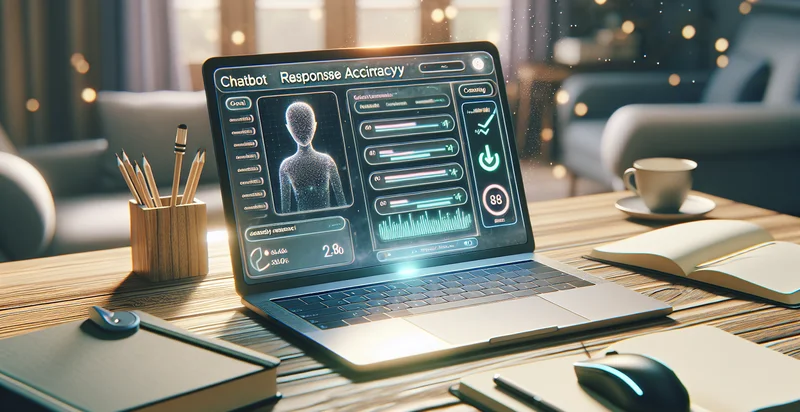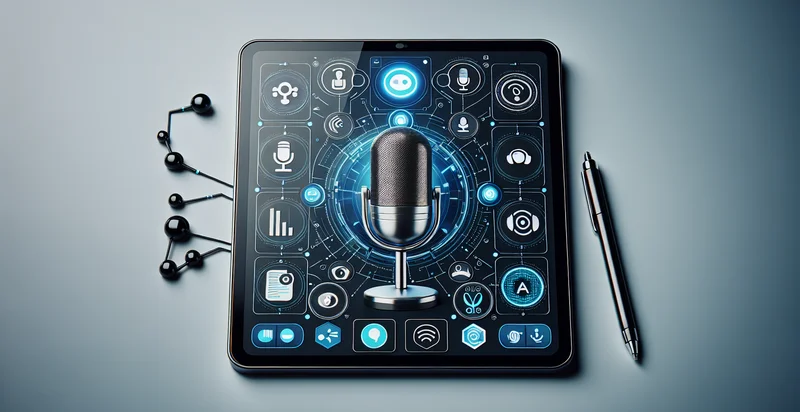Identify chatbot response accuracy
using AI
Below is a free classifier to identify chatbot response accuracy. Just input your text, and our AI will predict what type of sentiment the text expresses - in just seconds.

Contact us for API access
Or, use Nyckel to build highly-accurate custom classifiers in just minutes. No PhD required.
Get started
import nyckel
credentials = nyckel.Credentials("YOUR_CLIENT_ID", "YOUR_CLIENT_SECRET")
nyckel.invoke("chatbot-response-accuracy", "your_text_here", credentials)
fetch('https://www.nyckel.com/v1/functions/chatbot-response-accuracy/invoke', {
method: 'POST',
headers: {
'Authorization': 'Bearer ' + 'YOUR_BEARER_TOKEN',
'Content-Type': 'application/json',
},
body: JSON.stringify(
{"data": "your_text_here"}
)
})
.then(response => response.json())
.then(data => console.log(data));
curl -X POST \
-H "Content-Type: application/json" \
-H "Authorization: Bearer YOUR_BEARER_TOKEN" \
-d '{"data": "your_text_here"}' \
https://www.nyckel.com/v1/functions/chatbot-response-accuracy/invoke
How this classifier works
To start, input the text that you'd like analyzed. Our AI tool will then predict what type of sentiment the text expresses.
This pretrained text model uses a Nyckel-created dataset and has 10 labels, including Accurate, Almost Accurate, Completely Inaccurate, Exactly Accurate, Inaccurate, Not Accurate, Partially Accurate, Slightly Accurate, Somewhat Accurate and Very Accurate.
We'll also show a confidence score (the higher the number, the more confident the AI model is around what type of sentiment the text expresses).
Whether you're just curious or building chatbot response accuracy detection into your application, we hope our classifier proves helpful.
Related Classifiers
Need to identify chatbot response accuracy at scale?
Get API or Zapier access to this classifier for free. It's perfect for:
- Customer Support Optimization: By integrating the false text classification function, businesses can improve the accuracy of chatbot responses in customer support scenarios. This ensures that customers receive relevant and accurate answers, reducing resolution times and enhancing overall satisfaction.
- Sales Lead Qualification: The false text classification function can help in identifying the accuracy of chatbot interactions with potential leads. By analyzing conversations, businesses can determine the quality of leads generated through the chatbot and prioritize follow-ups, leading to better conversion rates.
- Content Moderation: In platforms resembling social networks or forums, this function can assist in moderating chatbot responses for accuracy, ensuring that harmful or misleading information doesn’t reach users. By filtering out false responses, companies can maintain credibility and trust with their audience.
- Training Data Improvement: Businesses can use the insights gained from false text classification to refine the training data used for machine learning models. By identifying common inaccuracies, the training data can be adjusted, leading to improved future chatbot performance.
- Real-Time Feedback Loop: Implementing this function allows for a real-time feedback mechanism where operators can instantly see the accuracy of chatbot interactions. This aids in quickly addressing any issues related to miscommunication and enhances training processes for continuous improvement.
- User Experience Enhancement: By ensuring chatbot interactions are accurate, businesses can significantly improve user experience in applications, websites, and services. Satisfied users are more likely to return, increasing customer loyalty and fostering brand advocacy.
- Compliance Monitoring: This function can play a critical role in ensuring that chatbot interactions adhere to regulatory standards and company policies. By identifying false or inappropriate responses, businesses can mitigate risks associated with compliance violations and maintain ethical communication standards.


